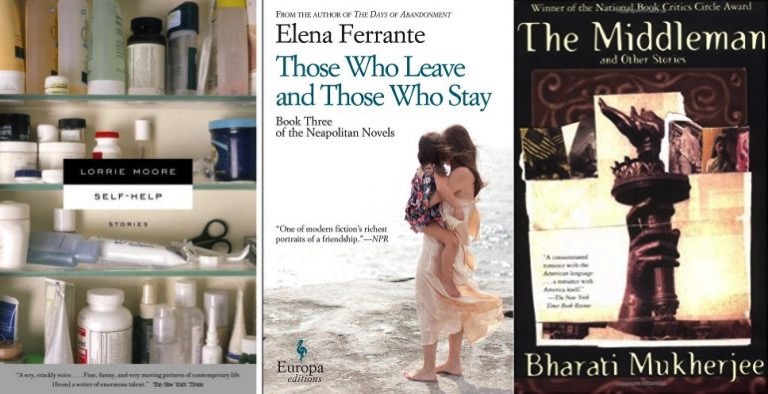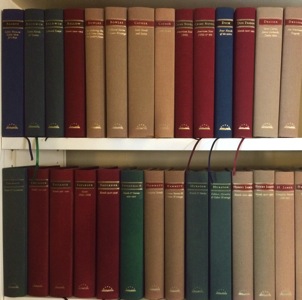
The affair in Lorrie Moore’s story, “How to Be an Other Woman,” starts with a meet cute on a bus: “A minute goes by and he asks what you’re reading. It is Madame Bovary in a Doris Day biography jacket.” It’s a clever description of the story itself, which like many of the stories in the collection, Self-Help, is written in the second person. It’s considerably more playful than Madame Bovary and doesn’t end in suicide, but gives serious consideration to the trials of adultery. Unlike Flaubert’s protagonist, Moore’s is not married. She finds out after the affair is already underway that her lover is married. She’s been duped into mistress-hood.
When you were six you thought mistress meant to put your shoes on the wrong feet. Now you are older and know it can mean many things, but essentially it means to put your shoes on the wrong feet.
You walk differently. In store windows you don’t recognize yourself; you are another woman, some crazy interior display lady in glasses stumbling frantic and preoccupied through the mannequins. In public restrooms you sit dangerously flat against the toilet seat, a strange flesh sundae of despair and exhilaration, murmuring into your bluing thighs: ‘Hello, I’m Charlene. I’m a mistress.’
Read more at Ploughshares.

